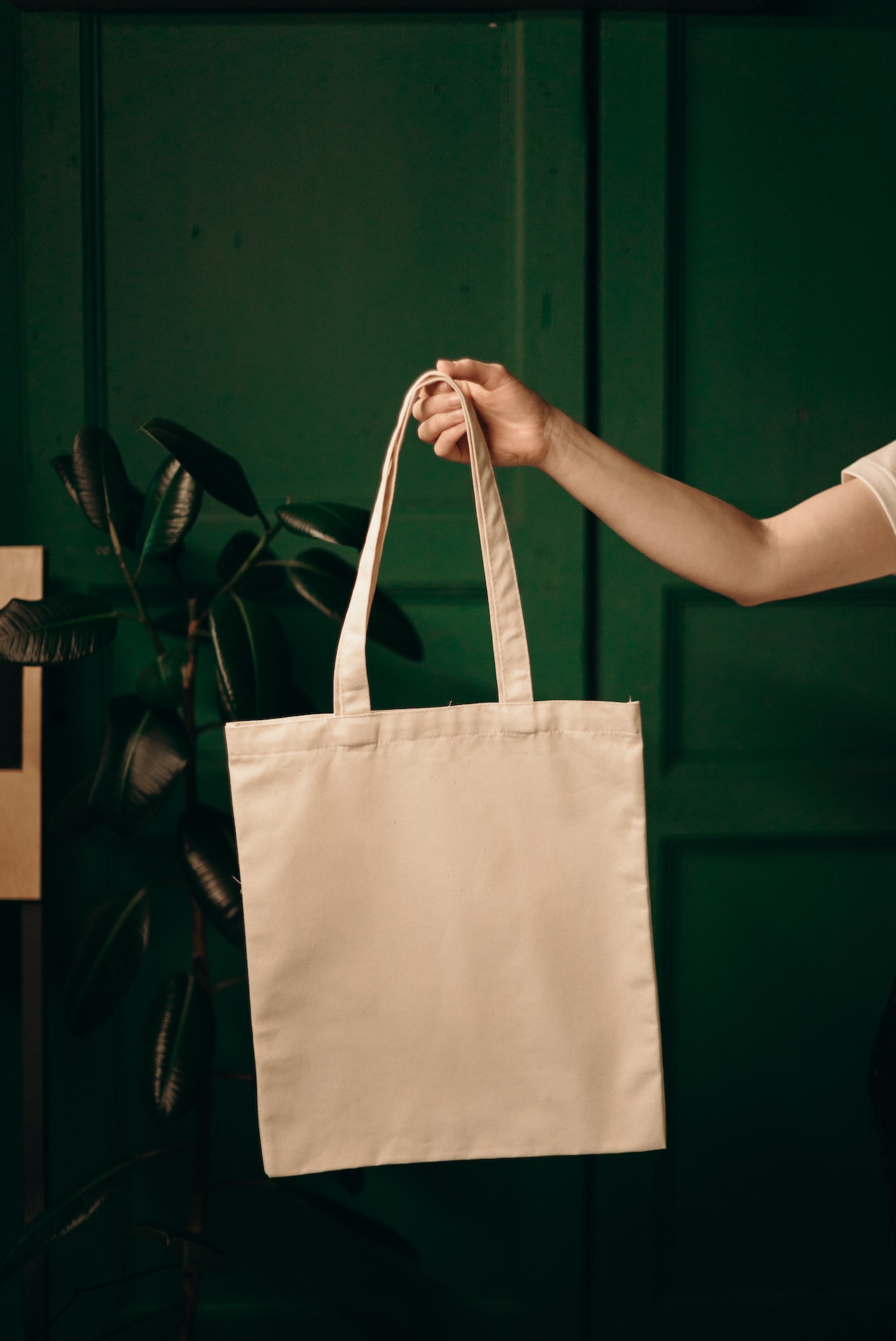
When something is unlike it always is, we usually notice.
Maybe in an instant, it is obvious, but perhaps we don’t notice for a while.
As I didn’t.
Running up the subway stairs, along with the peak mid-week crowd (most hybrid workers seem to take what was once a daily trip into the city just on Tuesdays and Wednesdays now), what I did notice were remnants of a city that has gone on 24/7/365:
>> plastic cups with orange straws that surely had contained iced coffee
>> a crushed hot cup and its now cracked, plastic lid
>> cigarette butts
>> rice spilled out of a styrofoam food container
>> a bright red bottle cap, soiled from being kicked around the train platform
Were they from the day before? The night before? A week ago? A month ago? Lying like the carnage of a convenient life showing off its forever damage, something seemed to be missing from the scatterings of garbage. Pigeons bobbed over to the rice container, curiously. The mid-weekers didn’t seem to notice it, and they instinctively stepped right over it.
As the train came roaring into the station, I realized that the one thing I didn’t see was a plastic bag. Something that blew around in candor in New York’s past. To a degree, they still do, but on this particular day, they were not in view from where I was standing, suggesting less.
“Everything we can.” That is one of the messages in the book I recently finished reading. In Hurricane Lizards and Plastic Squid, Thor Hanson described the many expressions of climate change, including evolved toe pads on lizards so they have better grip in hurricane weather and bears’ preference to forgo salmon for earlier germinating berries. In a warming climate, Spring does arrive earlier, and so, we find plants and seeds budding ahead of schedule.
In the book, we learn that Earth has a long history of changing temperatures. During the Paleocene-Eocene Thermal Maximum 55 million years ago, the planet was completely covered in tropical vegetation (think England covered in jungle, as this informative video by Geo Girl explains to us). It was the only time it got so hot that coral reefs disappeared.
But the sharp increase in the planet’s temperature was not because of an overabundance in “thank you for shopping here” plastic bags, modern-day reliance on air conditioning, or the convenience of gas-fueled engines. Still, the message is, we should be doing everything we can to prevent the increasing warming and ocean acidification that is accelerating with time. We should be doing everything we can to stop all of that aforementioned garbage—pun intended.
In the face of the generally rapid pace of returning to a pre-pandemic life, I ask myself if I am doing everything I can. Not unlike someone who starts and stops a diet, making life changes in order to act consciously for the environment has been an adventure in feeling like a failure. I can think of several bumps in the road over the last several years: the times I didn’t have my reusable pink thermos but gave into a to-go cup anyway. Other times, when I chose the gleaming, pre-washed baby spinach in the plastic container instead of grabbing a bunch to clean myself.
Certainly, I could have done more.
I have come to do one thing consistently however, and it does play into that absence of plastic bags flying around that I noticed on the train platform.
I use my reusable tote bag all the time. Every day. For groceries, errands when I need an extra set of hands, shopping, packages…it all goes in the tote, saving the planet from another plastic bag. At least, that’s how the story goes in my head.
We’ve all seen the horrifying images of sea turtles trying to chomp on plastic bags because they resemble jellyfish. We’ve seen the great garbage patch and sickening video of thick currents of plastic off the island of Roatan, Honduras. Surely, opting for the reusable bag is a worthwhile endeavor. It makes a difference. If this is the only thing we can do today, we should do it…right?
Big-city dwellers are in a rush. We have a lot to do. We don’t have time for this, whatever minor inconvenience “this” might be at the time. A ban on plastic bags in New York City left many people adding a few dollars to each shopping bill and an accumulation of reusable totes in their closets. We vowed to remember one of the many reusable bags stashed around the house next time and then we forgot. Again.
Finally, I stopped forgetting. Having a reusable bag in tow consistently became like making sure I have my wallet. As the subway platform void of plastic bags displayed, making things the law works. Imagine if to-go cups got banned, or plastic bottles? I felt good about my new, climate-friendly routine. Until the New York Times published “The Cotton Tote Crisis,” after which, I wanted to just roll over and take a nap.
“An organic cotton tote needs to be used 20,000 times to offset its overall impact of production,” the article stated. “That would require using a cotton tote every day for 54 years.”
Hearing this is overwhelming. Like most matters of being eco-friendly, it makes many of us just throw our hands up. No wonder I have had a start-stop relationship with green behavior. And when I get really fed up, all I want to know is what am I doing right? If my adorable owl-print reusable tote is everything I can do some days, I want to know that it is enough.
Additionally, using the same tote every day doesn’t stop the ones that come flying at me at events or that sometimes come with purchases. No matter if the material is cotton or polyester, off-setting the carbon emissions resulting from their production requires many uses.
Uses that are null according to the increasing, dusty tote stack in my closet.
As mentioned in The (migraine-causing) Cotton Tote Crisis, people have such an overabundance of reusable bags, some have even come to list their more coveted brand totes on social marketplaces for extra money.
Considering the neglected, growing collection in my closet, I learn that closet stashers across the web are in agreement—we all have too many reusable bags at home. And they do not put limits on themselves when it comes to getting all of those important, carbon off-setting uses out of them.
Entertained, I searched through some of the ideas:
Convincing closet organization
Common suggestions are to use reusable bags as a means of organization—for tidying up makeup or sorting recycling and laundry.
This is somewhat obvious, but most impressivel,y I watched a six-minute video of someone transforming them into neat, legitimate closet organization.
It takes slightly more elbow grease than sorting metals and plastics, but appears to be a good long-term use of the bags and a nifty replacement for fabric basket organization that gets sold for a pretty penny at home stores. During one of those rainy days of feeling industrious, I might consider this.
Gardening
More offbeat suggestions I never thought of explain how to use them as planters , showing off entire vegetable gardens grown with reusable tote containers.
As an NYC-apartment-dweller, I don’t have a garden, but I still thought this one was ingenious and a useful purpose for all those bags in the pile.
Upcycled home décor
Maybe I just haven’t encountered the bag that makes me want to snuggle it and turn it into something like a throw pillow. However, there are logos and slogans worthy of becoming a regular member of sofa adornments, like this step-by-step instructional video of turning a “Work Hard, Play Hard” tote into inspirational home décor.
Less consumerism—we don’t need a stylish bag for everything
The most accessible ways of using them don’t include following YouTube tutorials—like transporting gym clothes, books, a nifty beach tote, or anything we previously thought we needed a stylish separate bag for.
I am definitely on board with this one because it’s the—spoiler alert—easiest. I don’t know how many trips back and forth I can take with every bag in the pile since I’m already using my favored one for most every day occurrences, but perhaps if another one became a designated gym bag or other routine thing that I wouldn’t want to share my groceries with, the bag could become closer to its full carbon off-setting potential.
Admittedly, I am saying this as someone who is not terribly concerned with fashion sense and it doesn’t bother me to not have a trendy gym bag.
Give them to organizations with a high-volume transport of goods
Many recycling and climate-conscious enthusiasts claim that food pantries are always looking for reusable totes to transport meals in. At first this one felt a little bit like a hand off of the problem to me, but if they need them and use them, why not? A bag that gets passed around countless times is being used, and that’s what we want.
Considering whether or not I will roll up my sleeves and redecorate my apartment in reusable grocery bags, or go on a tear of passing my reusable tote problem to organizations across the city, I come across the principal tote dilemma shared by The Atlantic several years ago, and they directly state something that no one else has:
“Ecologically speaking, the best practice for tote bags might be one of two extremes: use them all the time, or not at all.”
In this respect, I consider the one tote that I use all the time, and the stash that I use not at all. By this criteria, it would make me very successful at being green, and I could move on to focusing on other changes to build my portfolio of eco-necessary “everything I can do” habits.
However, there is something that nagging feeling of failure and books about climate change rightfully can’t let be. This is not the Paleocene-Eocene Thermal Maximum 55 million years in the past. But it informs us of many things, like the fact that coral reefs can disappear. The planet can become too hot. Conveniences that have been offered to us do contribute to global warming as do the habits that have developed as a result of those.
Habits of collecting reusable tote bags, of choosing the spinach in the plastic container, discarding a to-go cup, or leaving a styrofoam container for the pigeons to pick at.
When I look at all of these things, shocked, that have collectively, formed a lifestyle, it is how I realize that everything I can do is going to have to be more than one thing, for sure.
~
Please consider Boosting our authors’ articles in their first week to help them win Elephant’s Ecosystem so they can get paid and write more.











Read 8 comments and reply